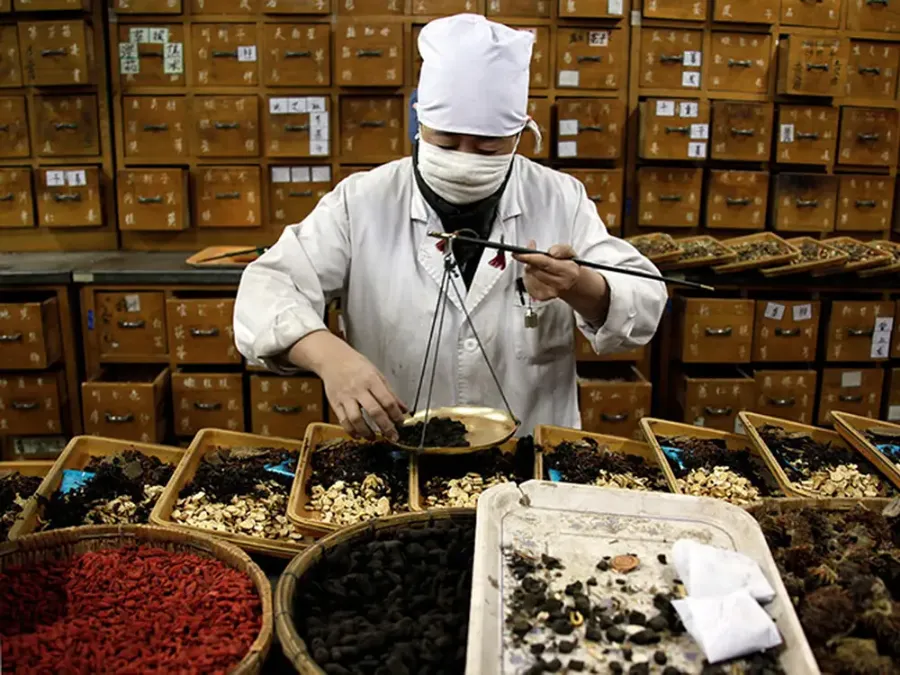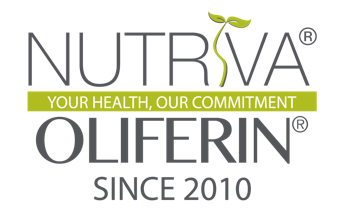
by Nutritionist Beatrice
Causes of illness from a TCM perspective
Traditional Chinese Medicine (TCM) focuses on health maintenance and in the treatment of disease emphasizes on enhancing the body's resistance to illnesses. The external causes of illness in TCM are determined by the six pernicious influences: wind, cold, heat, dryness, dampness, and summer heat. Climate changes can trigger symptoms like coughs, fever, headaches and an aversion to cold. Internal causes, such as imbalance of the body energy and abnormal Qi activity in the lungs or other related organ systems, like the liver, spleen and stomach, can lead to a persistent cough.
Traditional Uses of Herbs for Infectious Diseases
The flowers of Lonicera japonica (金银花) have been used as the local and traditional medicine in clinical practice for the treatment of exopathogenic wind-heat, epidemic febrile diseases, sores, carbuncles, furuncles and some infection diseases. Due to the effects of curing fever and swelling of body, ‘Ming Yi Bie Lu’ and ‘Shen Nong Ben Cao Jin’ have listed it as ‘top grade’. In Chinese clinical practice, the traditional medicines with clearing away the heat-evil and expelling superficial evils effects are usually used to treat various infectious diseases. It also has anti-inflammatory and anti-bacterial properties.
Forsythia suspensa (连翘) is a herbal medicine that widely used for clearing heat and detoxifying, relieving swelling, and dispersing wind-heat in clinical practice. In modern research, more than 230 compounds were separated and identified from F. suspensa. Lignans and phenylethanoid glycosides are considered as the characteristic and active constituents of this herb. They exhibited anti-inflammatory, antioxidant, antimicrobial and anti-allergy effects.
Rhizome of Dryopteris crassirhizoma (绵马贯众) is traditionally used to clear heat and toxicity, expel intestinal worms, and stop bleeding. Research has shown that it contains dryocrassin ABBA, one of the phloroglucinols, had anti-influenza activity.
Licorice root (甘草) is one of the most popular and commonly used herbal medicines in TCM, which is able to replenish qi (vital energy), tonify spleen, eliminate heat and toxicity, remove phlegm and stop coughing, relieve spasm and pain, as well as reconciling various drugs.
Isatis indigotica (板蓝根)is a widely used herb to treat the common cold, flu and other infections of the nose, throat, and sinuses. It is commonly used for clearing away heat and toxins, cooling blood and reducing swelling.
Rhodiola crenulata (红景天)as been used as a folk tonic for over a thousand years to alleviate physical fatigue and protect against winter coldness in mountainous regions. According to TCM understanding, Rhodiola crenulata can replenish qi (vital energy), clear lung system, enhance mental functioning, stop bleeding, and dissipate swelling and bruises.
Mosla Chinensis (香薷)is mainly used to induce sweating and release the exterior for externally-contracted pattern of wind-cold during summer time especially when accompanied by dampness; it can help ease the symptoms like chills and fever, absence of sweating, headache and body aches, as well as promoting urination and reducing swelling.
Aster Tataricus (紫菀)has been used for at least 2000 years for moisten the lungs, reduce phlegm and relieve cough.
References:
- Wang Z, Xia Q, Liu X, Liu W, Huang W, Mei X, Luo J, Shan M, Lin R, Zou D, Ma Z. Phytochemistry, pharmacology, quality control and future research of Forsythia suspensa (Thunb.) Vahl: A review. J Ethnopharmacol. 2018 Jan 10;210:318-339. doi: 10.1016/j.jep.2017.08.040. Epub 2017 Sep 5. PMID: 28887216.
- Shang X, Pan H, Li M, Miao X, Ding H. Lonicera japonica Thunb.: ethnopharmacology, phytochemistry and pharmacology of an important traditional Chinese medicine. J Ethnopharmacol. 2011 Oct 31;138(1):1-21. doi: 10.1016/j.jep.2011.08.016. Epub 2011 Aug 16. PMID: 21864666; PMCID: PMC7127058.
- Jin YH, Jeon S, Lee J, Kim S, Jang MS, Park CM, Song JH, Kim HR, Kwon S. Anticoronaviral Activity of the Natural Phloroglucinols, Dryocrassin ABBA and Filixic Acid ABA from the Rhizome of Dryopteris crassirhizomaby Targeting the Main Protease of SARS-CoV-2. Pharmaceutics. 2022 Feb 8;14(2):376. doi: 10.3390/pharmaceutics14020376. PMID: 35214108; PMCID: PMC8879496.
- Chen Q, Lan HY, Peng W, Rahman K, Liu QC, Luan X, Zhang H. Isatis indigotica: a review of phytochemistry, pharmacological activities and clinical applications. J Pharm Pharmacol. 2021 Aug 12;73(9):1137-1150. doi: 10.1093/jpp/rgab014. PMID: 33779758; PMCID: PMC8249990.
- Wang L, Yang R, Yuan B, Liu Y, Liu C. The antiviral and antimicrobial activities of licorice, a widely-used Chinese herb. Acta Pharm Sin B. 2015 Jul;5(4):310-5. doi: 10.1016/j.apsb.2015.05.005. Epub 2015 Jun 17. PMID: 26579460; PMCID: PMC4629407.

